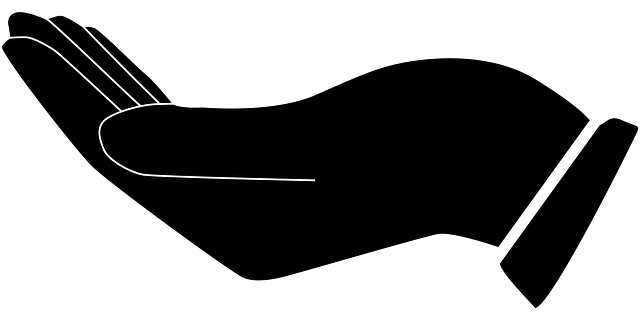
When a dispute is imminent the first step is usually to write a letter of demand to the other side to set out your concerns, and make appropriate demands to rectify the problem. A letter of demand is an "open letter" that can be admitted into evidence so some care needs to be taken when drafting it. In some cases it will take the form of cease and desist letter where injunctive relief may be sought.
Usually a letter of demand sets out at least the following matters: -
- the nature of the case;
- the matters that speak to the breach;
- the suggested remedy and time-frame for it.
(see: the sample letter of demand)
Many matters resolve by negotiation and for that reason a letter of demand should be considered as a piece of advocacy. The aim is to articulate the legal reasons why the recipient should comply with the demand rather than risk trial. As such it helps to have an excellent understanding of the legal remedies that are available and how they engage with the facts of a particular matter.
Sometimes a letter of demand can be strengthened by attaching a draft form of the relevant pleadings. This lends credibility to the idea that if the demand is not met that the next step will be the filing of a claim in court. The pleadings will usually be watermarked as a "draft".
Solicitors are under a professional obligation to ensure that a letter of demand has a proper basis in fact and evidence. For that reason it is simply not possible to issue a demand in accordance with whatever a client wants. Our practice is to ask a client to show us the documents and evidence that support their case so we can make an informed decision about what can properly be demanded.
If you are dealing with a breaches of contract, our other complaints in our areas of service contact us to discuss your case in a conference.
* Disclaimer:- This publication contains general information which may not suit your particular needs or circumstances. It may be summarised and include generalisations. Details that may be important in your specific circumstances might not be included. Litigant strives to ensure that the information in this publication is accurate and up-to-date, but does not represent or guarantee that it is accurate, reliable, current, complete or suitable. You should independently evaluate and verify the accuracy, reliability, currency, completeness and suitability of the information, before you rely on it. The information in this publication is not legal or other professional advice. You should obtain independent legal or professional advice that is tailored to your particular circumstances if you have concerns. To the maximum extent permitted by law, Litigant excludes liability for any loss, however caused (including by negligence), relating to or arising directly or indirectly from using or relying on any content in this publication. Litigant asserts copyright over the content of this publication.
